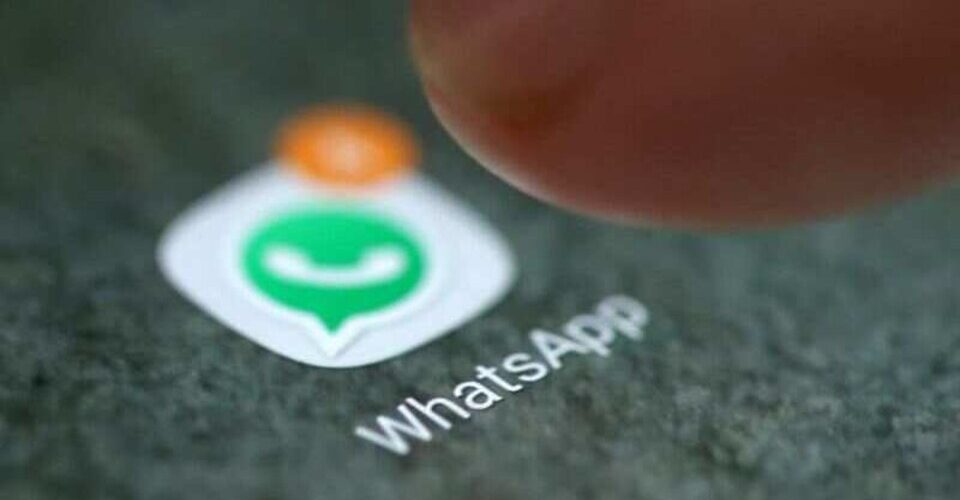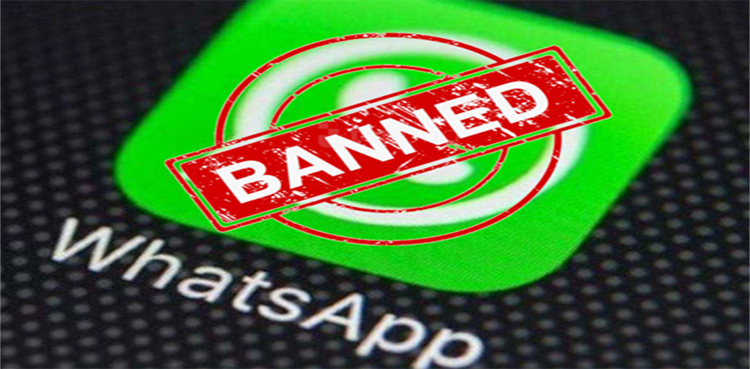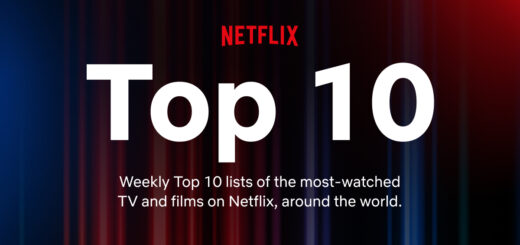Let’s Knows About Whatsapp History

This service owned by technology conglomerate Meta. It allows users to send text, voice messages and video messages, make voice and video calls, and share images, documents, user locations, and other content.] WhatsApp’s client application runs on mobile devices, and can be accessed from computers. The service requires a cellular mobile telephone number to sign up. In January 2018, WhatsApp released a standalone business app called WhatsApp Business which can communicate with the standard WhatsApp client.
The service was created by WhatsApp Inc. of Mountain View, California, which was acquired by Facebook in February 2014 for approximately US$19.3 billion. It became the world’s most popular messaging application by 2015, and had more than 2 billion users worldwide by February 2020 By 2016, it had become the primary means of Internet communication in regions including Latin America, the Indian subcontinent, and large parts of Europe and Africa.
Founder of Whatsapp
- Jan Kaum
- Brian Action
Reason behind the name of “Whatsapp”
The name “WhatsApp” is a play on the phrase “What’s up?” which is commonly used as a casual greeting. The app’s co-founder Brian Acton has mentioned that the name was chosen because it sounded like “what’s up” and also because it incorporated the word “app,” reflecting its purpose as a messaging application.
In the beginning
WhatsApp was founded in February 2009 by Brian Acton and Jan Koum, former employees of Yahoo!. A month earlier, after Koum purchased an iPhone, he and Acton decided to create an app for the App Store. The idea started off as an app that would display statuses in a phone’s Contacts menu, showing if a person was at work or on a call.
In June 2009, when the app had been downloaded by only a handful of Fishman’s Russian-speaking friends, Apple launched push notifications, allowing users to be pinged even when not using the app.
Koum updated WhatsApp so that everyone in the user’s network would be notified when a user’s status changed. This new facility, to Koum’s surprise, was used by users to ping “each other with jokey custom statuses like, ‘I woke up late’ or ‘I’m on my way.'”
Fishman said “At some point it sort of became instant messaging”.
WhatsApp 2.0, released for iPhone in August 2009, featured a purpose-designed messaging component; the number of active users suddenly increased to 250,000.
Although Acton was working on another startup idea, he decided to join the company. In October 2009, Acton persuaded five former friends at Yahoo! to invest $250,000 in seed funding, and Acton became a co-founder and was given a stake. He officially joined WhatsApp on November 1. Koum then hired a friend in Los Angeles, Chris Peiffer, to develop a BlackBerry version, which arrived two months later. Subsequently, WhatsApp for Symbian OS was added in May 2010, and for Android OS in August 2010. In 2010 Google made multiple acquisition offers for WhatsApp, which were all declined.
To cover the cost of sending verification texts to users, WhatsApp was changed from a free service to a paid one. In December 2009, the ability to send photos was added to the iOS version. By early 2011, WhatsApp was one of the top 20 apps in the U.S. Apple App Store.
In April 2011, Sequoia Capital invested about $8 million for more than 15% of the company, after months of negotiation by Sequoia partner Jim Goetz.
By February 2013, WhatsApp had about 200 million active users and 50 staff members. Sequoia invested another $50 million, and WhatsApp was valued at $1.5 billion. Some time in 2013 WhatsApp acquired Santa Clara-based startup SkyMobius, the developers of Vtok, a video and voice calling app.
In a December 2013 blog post, WhatsApp claimed that 400 million active users used the service each month. The year 2013 ended with $148 million in expenses, of which $138 million in losses.
In January 2021, WhatsApp announced a controversial new Privacy Policy allowing WhatsApp to share data with its parent company, Facebook; users who did not accept by February 8, 2021, would lose access to the app. This led many users to ditch WhatsApp and move to other services such as Signal and Telegram. However, Facebook said the WhatsApp policy would not apply in the EU, since it violates the principles of GDPR. Facing criticism, WhatsApp postponed the update to May 15, 2021, but said they had no plans to limit functionality of users, nor nag users who did not approve the new terms.
On October 4, 2021, Facebook had its worst outage since 2008, which also affected other platforms owned by Facebook, such as Instagram and WhatsApp.
In August 2022, WhatsApp launched an integration with JioMart, available only to users in India. Local users can text special numbers in the app to launch an in-app shopping process, where they can order groceries
Whatsapp Web
WhatsApp was officially made available for PCs through a web client, under the name WhatsApp Web, in late January 2015 through an announcement made by Koum on his Facebook page: “Our web client is simply an extension of your phone: the web browser mirrors conversations and messages from your mobile device—this means all of your messages still live on your phone”. In January 21, 2015, the desktop version was only available to Android, BlackBerry, and Windows Phone users. Later on, it also added support for iOS, Nokia Series 40, and Nokia S60 (Symbian).
Previously the WhatsApp user’s handset had to be connected to the Internet for the browser application to function but as of an update in October 2021 that is no longer the case. All major desktop browsers are supported except for Internet Explorer. WhatsApp Web’s user interface is based on the default Android one and can be accessed through web.whatsapp.com. Access is granted after the users scan their personal QR code through their mobile WhatsApp application.
In January 2021, the limited Android beta version allowed users to use WhatsApp Web without having to keep the mobile app connected to the Internet. In March 2021, this beta feature was extended to iOS users. However, linked devices (using WhatsApp Web, WhatsApp Desktop or Facebook Portal) will become disconnected if people don’t use their phone for over 14 days. The multi-device beta can only show messages for the last 3 months on the web version, which was not the case without the beta because the web version was syncing with the phone. Since April 2022, the multi-device beta is integrated by default in WhatsApp and users cannot check old messages on the web version anymore.
End-to-end encryption
On November 18, 2014, Open Whisper Systems announced a partnership with WhatsApp to provide end-to-end encryption by incorporating the encryption protocol used in Signal into each WhatsApp client platform. Open Whisper Systems said that they had already incorporated the protocol into the latest WhatsApp client for Android, and that support for other clients, group / media messages, and key verification would be coming soon after. WhatsApp confirmed the partnership to reporters, but there was no announcement or documentation about the encryption feature on the official website, and further requests for comment were declined. In April 2015, German magazine Heise security used ARP spoofing to confirm that the protocol had been implemented for Android-to-Android messages, and that WhatsApp messages from or to iPhones running iOS were still not end-to-end encrypted. They expressed the concern that regular WhatsApp users still could not tell the difference between end-to-end encrypted messages and regular messages.
On April 5, 2016, WhatsApp and Open Whisper Systems announced that they had finished adding end-to-end encryption to “every form of communication” on WhatsApp, and that users could now verify each other’s keys. Users were also given the option to enable a trust on first use mechanism in order to be notified if a correspondent’s key changes. According to a white paper that was released along with the announcement, WhatsApp messages are encrypted with the Signal Protocol. WhatsApp calls are encrypted with SRTP, and all client-server communications are “layered within a separate encrypted channel”.
On October 14, 2021, WhatsApp rolled out end-to-end encryption for backups on Android and iOS. The feature has to be turned on by the user and provides the option to encrypt the backup either with a password or a 64-digit encryption key. The application can store encrypted copies of the chat messages onto the SD card, but chat messages are also stored unencrypted in the SQLite database file “msgstore.db”.
Knows why Whatsapp Banned in different Countries?

China
WhatsApp is owned by Meta, whose main social media service Facebook has been blocked in China since 2009. In September 2017, security researchers reported to The New York Times that the WhatsApp service had been completely blocked in China.
Iran
On May 9, 2014, the government of Iran announced that it had proposed to block the access to WhatsApp service to Iranian residents. “The reason for this is the assumption of WhatsApp by the Facebook founder Mark Zuckerberg, who is an American Zionist,” said Abdolsamad Khorramabadi, head of the country’s Committee on Internet Crimes. Subsequently, Iranian president Hassan Rouhani issued an order to the Ministry of ICT to stop filtering WhatsApp. It was blocked permanently until Meta answers September 2022.
Turkey
Turkey temporarily banned WhatsApp in 2016, following the assassination of the Russian ambassador to Turkey.
Brazil
On March 1, 2016, Diego Dzodan, Facebook’s vice-president for Latin America was arrested in Brazil for not cooperating with an investigation in which WhatsApp conversations were requested. On March 2, 2016, at dawn the next day, Dzodan was released because the Court of Appeal held that the arrest was disproportionate and unreaso
On May 2, 2016, mobile providers in Brazil were ordered to block WhatsApp for 72 hours for the service’s second failure to cooperate with criminal court orders. Once again, the block was lifted following an appeal, after less than 24 hours.
Brazil’s Central Bank issued an order to payment card companies Visa and Mastercard on June 23, 2020, to stop working with WhatsApp on its new electronic payment system. A statement from the Bank asserted the decision to block the Facebook-owned company’s latest offering was taken in order to “preserve an adequate competitive environment” in the mobile payments space and to ensure “functioning of a payment system that’s interchangeable, fast, secure, transparent, open and cheap.”
Uganda
The government of Uganda banned WhatsApp and Facebook, along with other social media platforms, to enforce a tax on the use of social media. Users are to be charged USh.200/= per day to access these services according to the new law set by parliament.
United Arab Emirates (UAE)
The United Arab Emirates banned WhatsApp video chat and VoIP call applications in as early as 2013 due to what is often reported as an effort to protect the commercial interests of their home grown nationally owned telecom providers (du and Etisalat). Their app ToTok has received press suggesting it is able to spy on users.
Cuba
In July 2021, the Cuban government blocked access to several social media platforms, including WhatsApp, to curb the spread of information during the anti government protests.
Switzerland
In December 2021, the Swiss army banned the use of WhatsApp and several other non-Swiss encrypted messaging services by army personnel. The ban was prompted by concerns of US authorities potentially accessing user data for such apps because of the CLOUD Act. The army recommended that all army personnel use Threema instead, as the service is based in Switzerland.
Zambia
In August 2021, the digital rights organization Access Now reported that WhatsApp along with several other social media apps was being blocked in Zambia for the duration of the general election. The organization reported a massive drop-off in traffic for the blocked services, though the country’s government made no official statements about the block.








